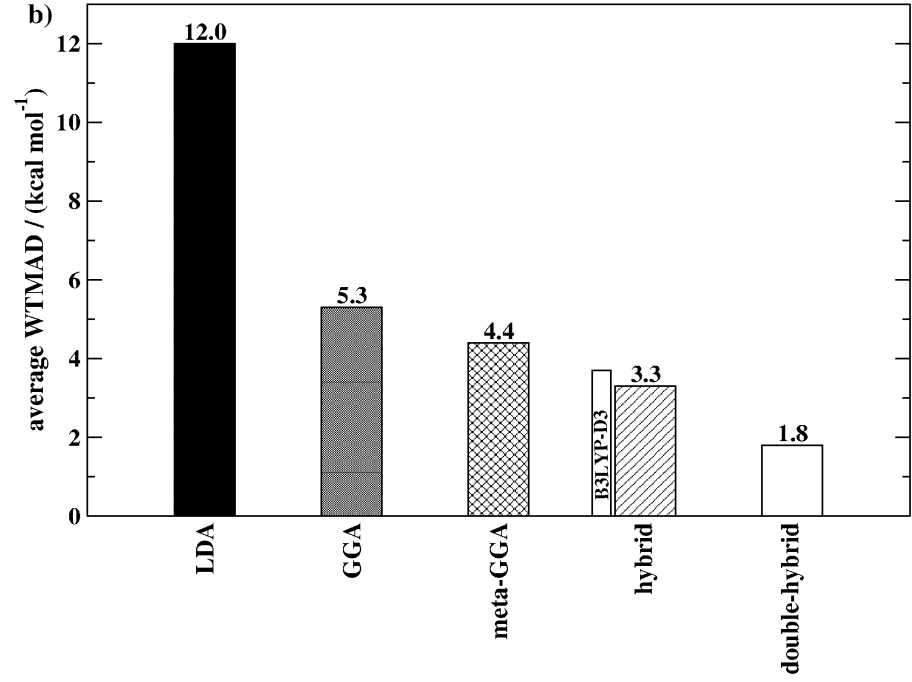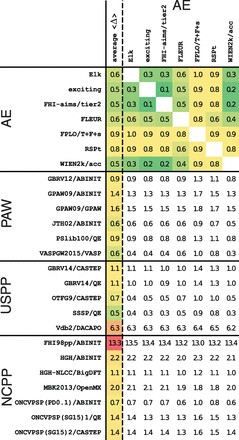In the book Materials Modelling Using Density Functional Theory: Properties and Predictions by Feliciano Giustino, a timeline of milestones in DFT was given for achievements between 1964 and 1996:
$$\small\begin{array}{|c|c|c|} \hline \textbf{Year} & \textbf{Milestone} & \textbf{Researchers} \\ \hline 1964, 1965 & \text{HK Theorem/KS Formulation} & \text{Kohn, Hohenberg, Sham} \\ 1972, 1973 & \text{Relativistic DFT} & \text{von Barth/Hedin, Rajapol/Callway} \\ 1980, 1981 & \text{Local Density Approximiation(LDA)} &\text{Ceperley/Alder, Perdew/Zunger} \\ 1984 & \text{TDDFT} & \text{Runge, Gross} \\ 1985 & \text{First Principles MD} & \text{Carr, Parrinello} \\ 1986 & \text{Quasiparticle Corrections} & \text{Hybertsen, Louie} \\ 1987 & \text{Density Functional Perturbation Theory} & \text{Baroni, Giannozzi, Testa} \\ 1988, 1993 & \text{Toward Chemical Accuracy} & \text{Lee/Yang/Parr (1988), Becke (1993)} \\ 1991 & \text{Hubbard Correction} & \text{Anisimov, Zaanen, Andersen} \\ 1992, 1996 & \text{Generalized Gradient Approximation} & \text{Perdew/Burke/Ernzerhof} \\ \hline \end{array}$$
Has there been any milestone after 1996, or not included in the above list?
Please limit each answer to one milestone!
Since there's now so many answers that it takes a very long time to scroll down to a specific one, I Have created links for the milestones that have already been explained in an answer:

